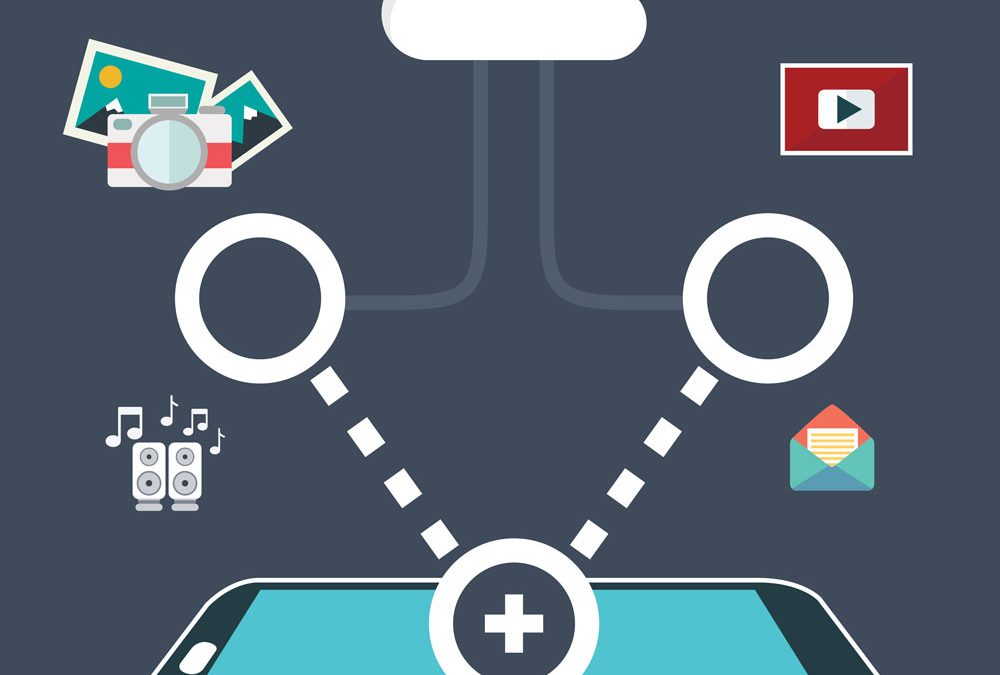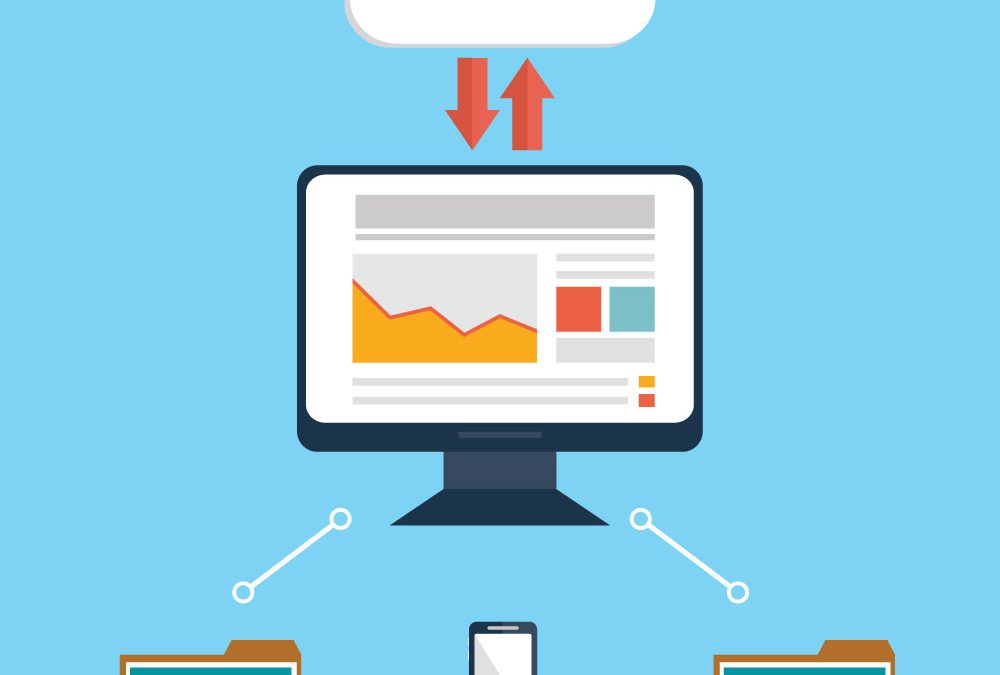
Make Backup a Key Component of Your Disaster Recovery Plan
With so many potential hazards–natural and man-made–that can disrupt your business, now is the right time to develop and implement a disaster recovery and business continuity plan. Not only can floods, fires or earthquakes disrupt daily life, they can interrupt your business for extended periods of time. Also, data can be lost and compromised due to cyberattacks or human error. Businesses that suffer a data loss run the risk of going out of business. A key component of disaster preparedness and recovery is backup– making sure your company’s data is stored and accessible. Read on to learn about the role of backup in keeping your business in business.

The Business Risks of Cybersecurity
With daily business processes as well as innovative new technologies like the Cloud Computing, keeping your company’s data and systems safe is a top priority. Damages from cybercrime, in the form of lost revenue, continue to mount; in the next few years, the cost could reach as much as $6 trillion a year.

Who’s Monitoring Your Network?
A business’ network is relied upon heavily for many daily functions, and there are many places problems can occur. According to CompTIA, four leading security concerns are attacks from ransomware and malware, viruses that can get into your network and destroy data, and hacking attacks from cybercriminals.

Considering Cloud Computing?
Cloud computing has become more and more popular over the last several years, with that popularity continuing into 2018 and 2019. According to a report by the International Data Corporation (IDC), public cloud services will grow from nearly $70b to more than $141b in 2019.

Creating A Culture of Security
With more data than ever being collected, analyzed, managed, and stored, keeping the data as well as the business’s systems secure is a priority leading into 2018, and beyond. According to statistics, more than 50% of cyber breaches are due to human rather than technical error. Read on to learn more about creating a culture of cybersecurity by educating and training your staff.

How To Stay in Business with a Business Continuity and Disaster Recovery Plan
With technology growing by leaps and bounds, and regulations assigned to protect the data generated by this technology, you need a business continuity and disaster recovery plan in place to determine how that data is collected, protected, analyzed and stored. Read on to find out how to protect your company from data loss and its consequences.

The Business Benefits of Cloud Computing
In little more than a decade, cloud computing has changed from a cutting-edge technology to a well-established part of the IT function in many businesses. Cloud computing offers the benefits of cost savings and access to new technology.

Is Patch Policy Part of Your Data Protection Plan?
Data security needs to operate on more than one front. Not only does your network need to keep data secure, it needs to respond to threats both inside and outside the business. There are numerous protections, including current anti-malware and anti-virus software and operating system patches, to keep your network stable and secure. Read on to find out how operating system patch policy can be part of your data-protection plan.

The Human Side of Network Security
As Technology grows, so does the complexity of threats to your network–hackers infiltrating your network and stealing passwords, infection of your network with malware, phishing schemes, and even cybercriminals masquerading as your own IT staff, all these pose risks to your network’s security. Your network is only as strong as its weakest link. And sometimes, that weak link is your human capital.

Is the Public Cloud Right for Your Business?
Migration to the cloud has become more common over the years, with more and more companies moving to the Cloud each day. Benefits of the Cloud extend to many if not all business systems—Communication and Collaboration, Email, file sharing and data storage to name a few. Read on to learn more about how companies, especially small to medium-sized businesses, are using the public cloud for their operations.
